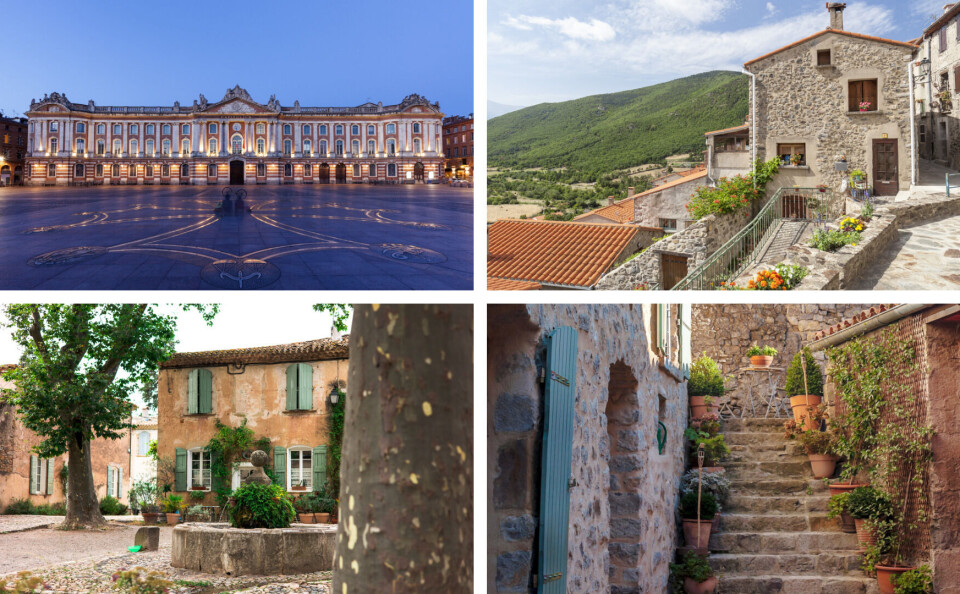-
How many Americans live in Paris - and where else are they choosing in France?
Over a quarter of all US nationals in France live in the capital city
-
Price rises for Netflix in France
The Standard (with ads) and Premium packages are increasing by €24 a year
-
Leclerc supermarkets to sell car fuel at cost price for Easter
The initiative will apply to diesel, petrol, and LPG
83 new main homes created in Occitanie every day for past 50 years
The number of second homes quadrupled in the same period and overall the trend has been for larger detached homes with fewer inhabitants per household, new statistics show

The number of main homes in Occitanie, southwest France, has more than doubled to reach 2.7million in the 50 years leading to 2018, new official statistics show.
In the past five decades, the number of homes increased by 2.26, above the national average of 1.83, figures published by national statistics bureau Insee show.
There are now six million people living in the region.
The increase in the number of homes means that since the 1970s, Occitanie has gained an average of 83 new main residences – people moving to live there – every single day.
And, with the significant development in tourism in Occitanie in the past 50 years, the number of second homes in the region has also quadrupled in the same time.
Almost two-thirds (63%) of main homes in the region are houses, Insee shows, especially detached homes on the outskirts of town centres.
The number of houses in urban areas with more than 200,000 residents has tripled, as has the number of apartments in urban areas with more than 700,000 residents.
There have been 1million houses and 500,000 apartments built in the region in the past five decades.
House size has also shifted, with a trend towards larger homes.
The most common house size in 2018 was four-bedroom (except in town centres, where three-bedrooms were most common); followed by an increase of 3.5 in the number of five-bedroom properties.
The number of two-bedrooms increased by 1.6, and the number of studios increased by 1.4 times.
Insee has explained the trend by two main factors.
1. ‘De-cohabitation’
This refers to the trend towards having fewer people per household, which continued rapidly until 1990. In 1968, there was an average of 3.1 people living in each household in France, compared to 2.1 in 2018.
Increased life expectancy, couples forming later in life and having fewer children, and a rise in marital breakdown, are also expected to be significant factors.
2. Demographic growth
This became more of a factor in 1990 and started to grow even more in 2000.
The data also shows how homes have modernised.
A few decades ago, most homes were heated with oil, but this has now largely switched over to electricity and growing numbers of renewable energy sources. Almost half of homes in Occitanie are now heated by electricity.
And in 1968, half of main houses had a shower or a bath. In 2018, nearly all of them have one, or both.
In contrast to the trends of the past 50 years, since the Covid-19 pandemic and its lockdowns, there has been a shift away from urban centres towards the suburbs and the countryside, and a drop in one-person homes.
Related stories
Second-home owners: How long until French property can be main home?
What accommodation proof do second-home owners need for French travel?
Houses in Brittany ‘should only be sold to local people’
Second-home owners: Can we apply for a long-stay visa while in France?
























